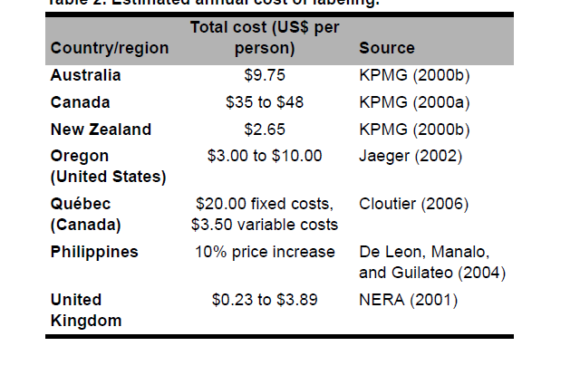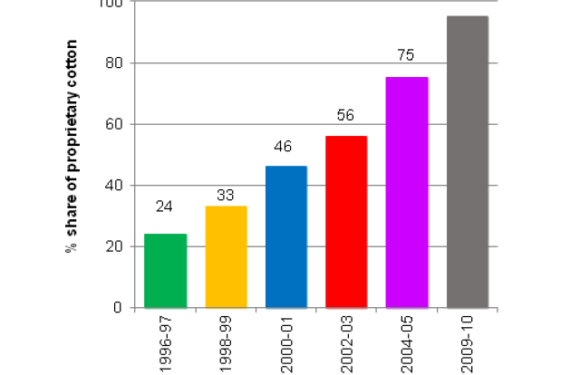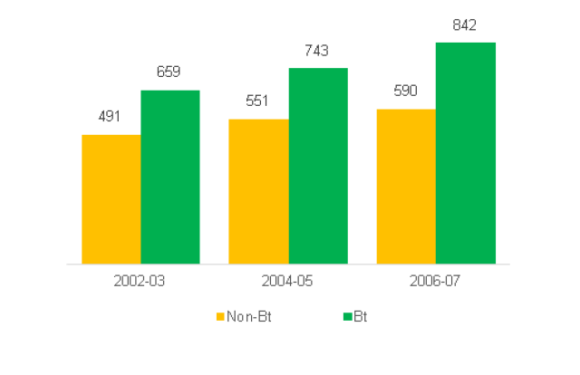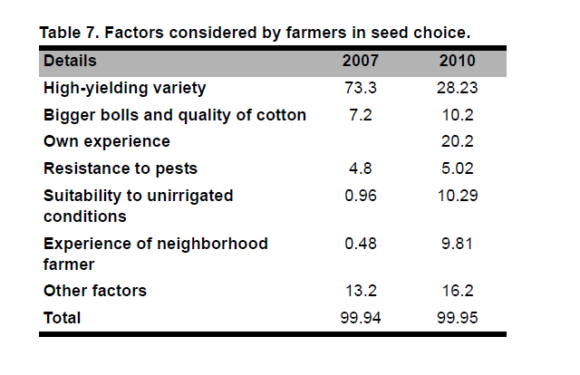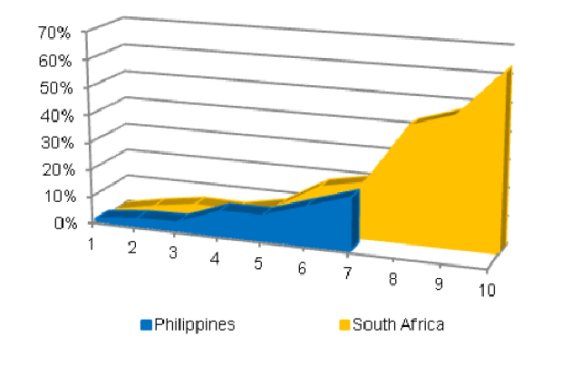
Biotechnology for a Second Green Revolution in India: Socioeconomic, Political, and Public Policy Issues
July 1, 2015N. Chandrasekhara RaoInstitute of Economic Growth, New DelhiCarl E. PrayRutgers, The State University of New JerseyRonald J. HerringCornell University Long-term stagnation in total factor productivity of major crops in Indian agriculture coupled with a price-incentive-based spurt in recent growth have been responsible…



